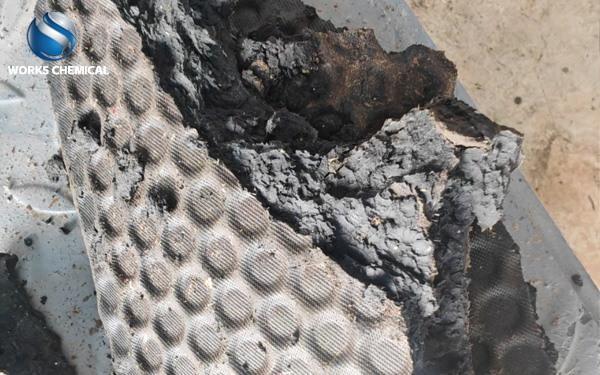
Municipal sludge without lime, its moisture content is indeed possible to reach less than 60%, but it needs to be achieved through a series of effective treatment technologies and methods. The following is a detailed answer to this question:

Current situation of municipal sludge moisture content
The moisture content of municipal sludge is generally high, generally between 65% and 95%. This range is affected by many factors such as treatment process and ambient temperature. Traditional physical and chemical methods, such as concentration, dehydration, etc., can effectively remove part of the water in the sludge, making the sludge water content relatively low, about 65% to 75%. When the sludge is treated by biological methods such as anaerobic digestion and aeration, the water content of the sludge is relatively high, about 80% to 95%, due to the metabolic activities of microorganisms.
Two, the method to achieve low water content
Choose the right dehydration equipment:
For municipal sludge or sludge with high organic content, diaphragm plate and frame filter press should be selected, that is, a filter press with high pressure water extrusion function. The actual press pressure is recommended to be above 1.4MPa, and can even reach high pressure such as 5MPa and 7MPa, but it should be noted that too high pressure may damage the equipment, so it is necessary to set it reasonably in combination with the sludge conditioning effect.
Feed pump can choose screw pump, plunger pump, pneumatic diaphragm pump, etc. Municipal sludge industry more use screw pump. For the filter press with a large filter area, the general selection of high and low pressure two-stage feed pump, the first low pressure feed, then high pressure feed.
Optimize sludge conditioning:
Sludge conditioning is a key step to reduce water content. By adding sludge conditioning agents (such as inorganic compounds, sludge surface structure modifiers, degreasing agents, wall breaking agents, etc.), the surface structure of the sludge can be changed, the surface load and specific surface area of the sludge solid can be reduced, the bacterial structure can be destroyed, and the dewatering performance of the sludge can be improved.
The selection and use of the conditioner should be determined according to the specific nature of the sludge and the dehydration objective. At the same time, it is necessary to ensure that the conditioner does not cause secondary pollution and has no negative impact on the subsequent treatment process.
Advanced dehydration process:
Combined with the plate and frame filter press and sludge conditioner, the sludge moisture content can be reduced from more than 90% to 40%-60%. In this process, it is necessary to strictly control the addition amount of conditioner, press pressure, feed speed and other parameters to ensure the dehydration effect.
For the intermittent conditioning process, it is necessary to set the effective volume of the conditioning tank reasonably to avoid the problem that the volume is too small and the sludge needs to be filled halfway or is too large, resulting in uneven mixing of the agent and the sludge. For the continuous conditioning process, the conditioner can be set up so that the sludge and the pharmaceutical agent are fully mixed in the conditioner.
Strengthen maintenance management:
Clean and replace the filter cloth regularly to ensure its air permeability and filtration effect. Under normal circumstances, the filter cloth can be used for 8-12 months, and the automatic cleaning can be once a week.
Regularly check and maintain the fixed rotor and other parts of the filter press to ensure its normal operation and service life.
Three, precautions
In the process of achieving low water content, it is necessary to comprehensively consider the treatment cost, treatment efficiency, environmental friendliness and other factors. Avoid the blind pursuit of low water content resulting in a significant increase in treatment costs or negative impact on the environment.
According to the characteristics and treatment needs of municipal sludge in different regions, it is necessary to develop personalized treatment plans and technical routes.
In summary, in the case of municipal sludge without lime, through the selection of appropriate dewatering equipment, optimization of sludge conditioning, the use of advanced dewatering process and strengthen maintenance and management measures, its moisture content is indeed possible to reach 60%. However, it is necessary to consider various factors comprehensively to ensure the economic and environmental friendliness of the treatment effect.